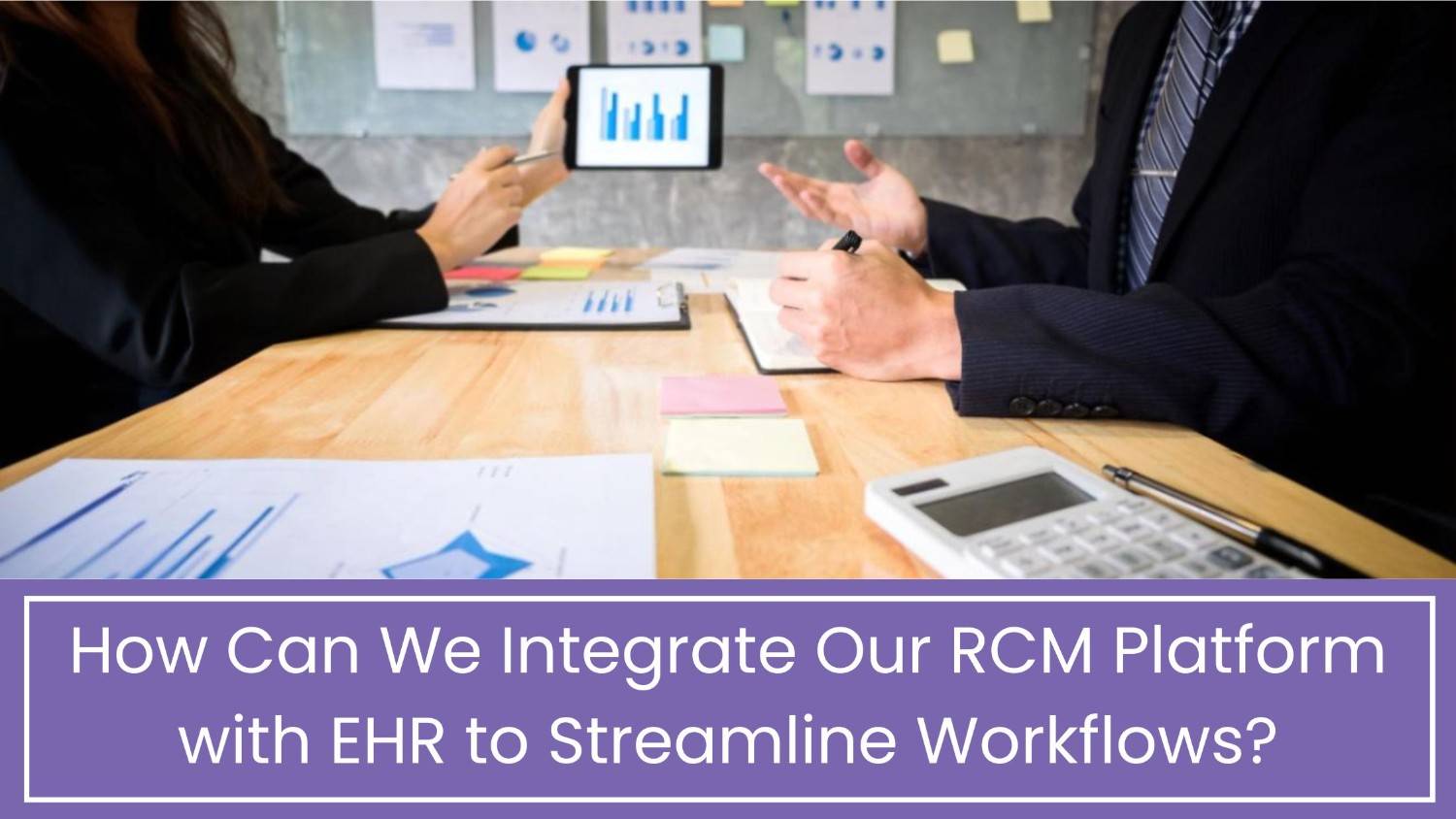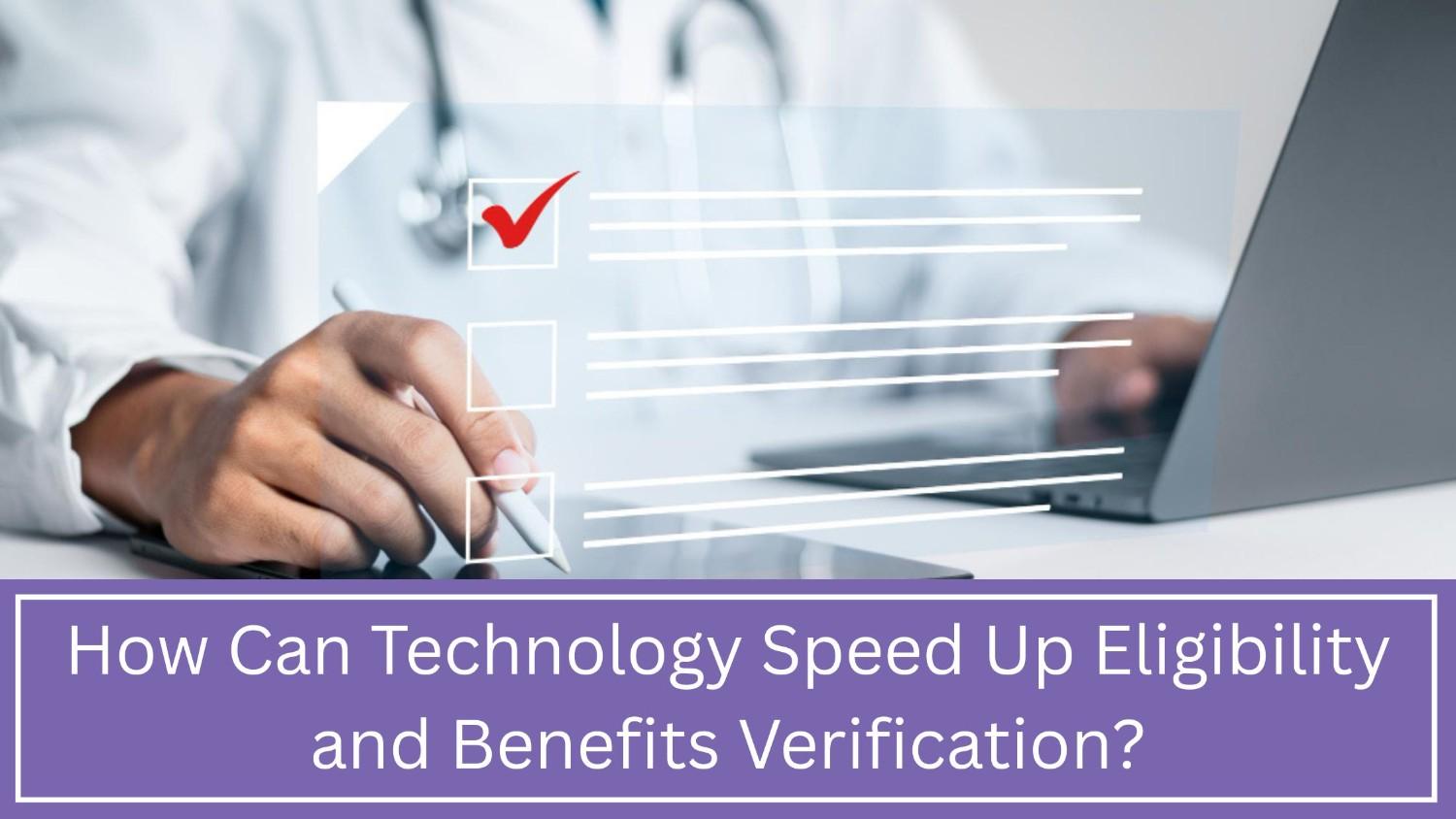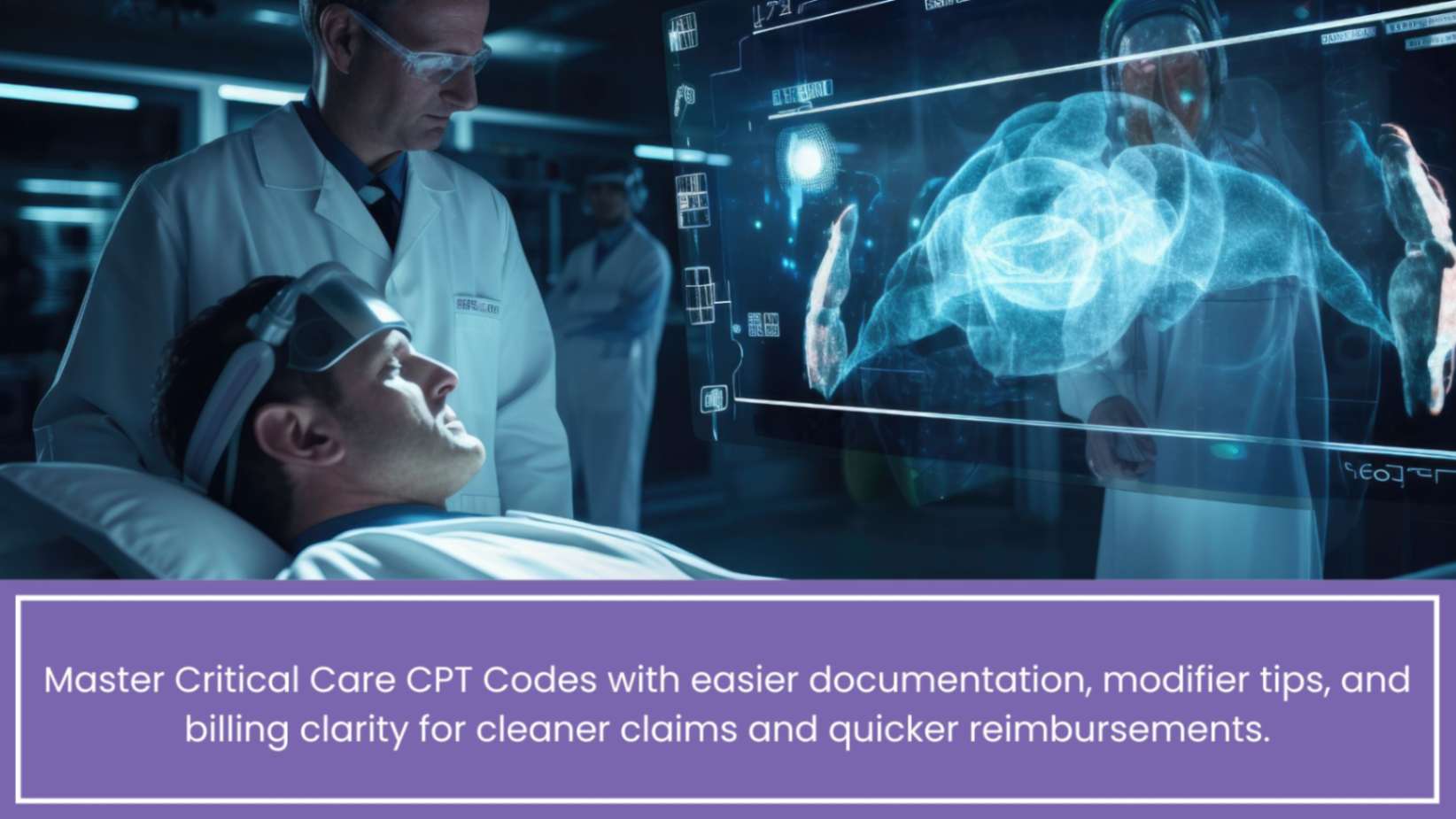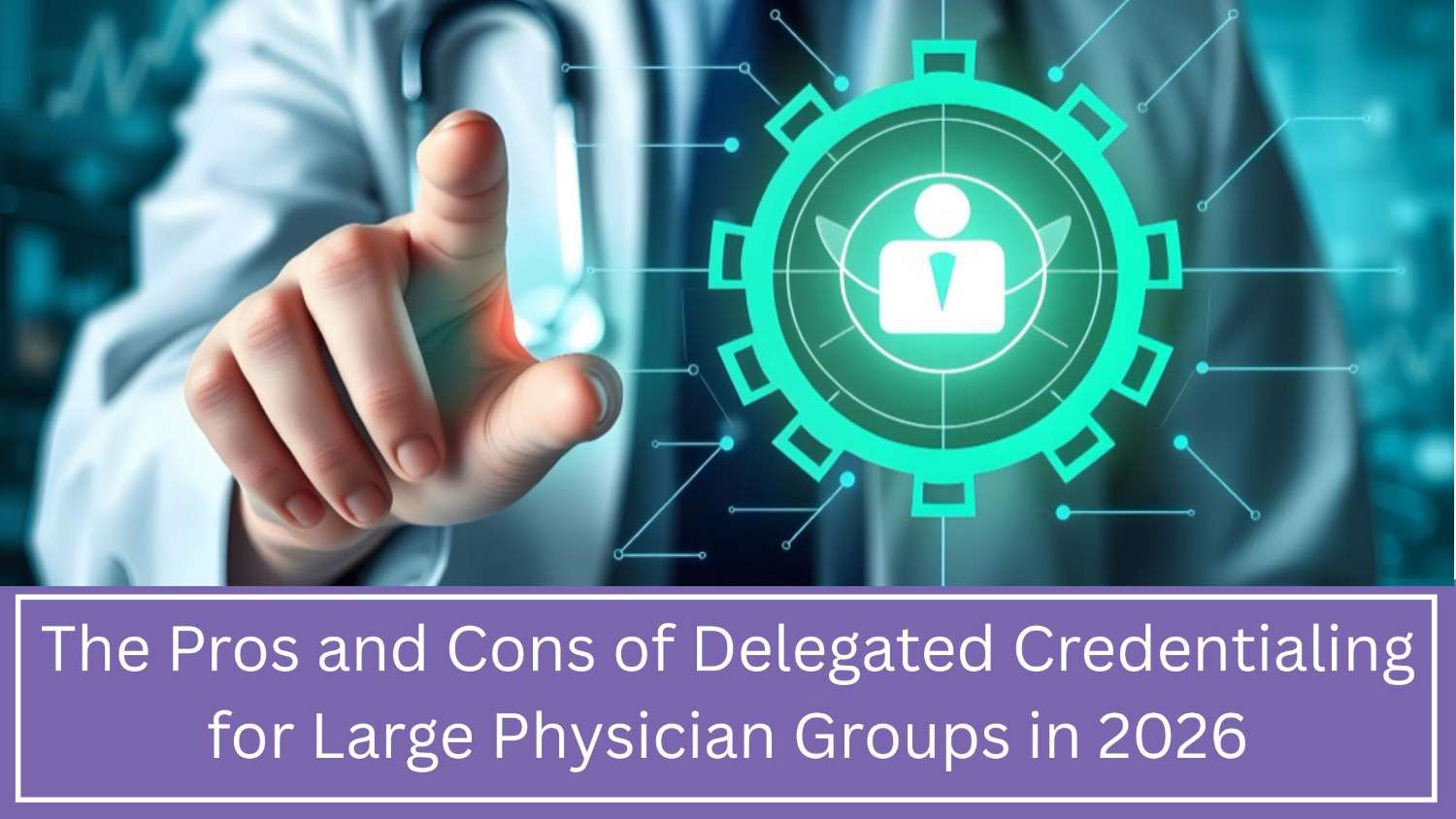Integrating RCM and EHR Systems for Better Workflow
Healthcare runs on data, but disconnected systems drain both time and money. The solution lies in Integrating RCM and EHR Systems for Better Workflow. By connecting your revenue platform with your EHR, you can accomplish more, reduce claim denials, and accelerate payments. This approach ensures smoother coordination between financial and clinical processes. In this blog, we’ll guide you through linking systems, resolving common integration challenges, and achieving measurable improvements. With emerging trends like AI, cloud-based tools, and FHIR standards transforming healthcare, Practolytics empowers providers to automate tasks, enhance accuracy, and create smarter, more efficient operations.
Table of Contents
How Can We Integrate Our RCM Platform with EHR to Streamline Workflows?
These days, data is used in all facets of healthcare, including patient visits and payments. The fact that there is often a poor connection between your billing platform and the AdvancedMD EHR system is a major problem for clinics.
This gap results in double labor, billing issues, late payments, delayed insurance claims, and unhappy workers. 76% of providers still manually move data between systems, per a 2024 survey. That not only wastes time and money, but it also diverts patients’ attention.
Good news? Combine patient information and billing into one user-friendly system. Cut down on mistakes, get paid faster, and help your employees work more productively.
Understanding the Basics: What RCM and EHR Actually Do
Before connecting systems, let’s review the basics of RCM and EHR:
Your patients’ live records, including test results, medical history, and treatments, are kept in the EHR. Doctors rely on it every day.
RCM is the cornerstone of your finances. It manages medical billing codes, insurance claims, payments, and denials to keep your practice profitable.
Both are necessary despite their different roles:
EHR: Taking care of patients
Cash flow, or RCM
The enticement? Without automated sync, your employees spend hours entering data again and fixing mistakes across systems.
Why RCM-EHR Integration Matters More Than Ever in 2025
Integration of the clinical and billing systems is being pushed for. That’s why:
1. Bill Finds It Harder
Healthcare billing regulations are subject to frequent changes. New codes, insurance requirements, and approval processes, all of which add complexity. Errors in unlinked systems result in claim denials.
Fact: In disjointed systems, 12–15% of claim denials are due to bad data. Connected systems are below 5%.
2. Calls for Care Based on Value
In the healthcare sector, fee-for-service, which pays for each visit, is giving way to value-based care, which pays for results. For you to manage costs, show quality, and get paid in full, your EHR and billing must exchange data quickly.
3. Teams Feel Overworked
Clinics struggle with staffing shortages and burnout. Connected devices reduce manual labor, allowing staff to concentrate on patients instead of paperwork.
4. Higher Patient Expectations
Patients want digital convenience for appointment scheduling and billing, among other things. Because of their interconnected systems, they move smoothly.
The Benefits of Integrating RCM with EHR
Your daily tasks are made easier by connecting your EHR and billing systems. Here’s how:
1. Less demanding work and more time for patients
Avoid going in twice. Patient data, insurance details, and visit notes are sent straight from the EHR to billing. Your staff members help people, not paperwork.
2. Quicker payments and fewer errors
Auto-sync prevents typos and missing codes. Clean claims lead to less rework.
Proven results: Clinics using linked systems experience a 20–25% faster payment process and a 30–40% decrease in billing errors.
3. Cash in hand sooner
Real-time insurance checks, automatic medical coding, and instant claims speed up payments. No delays from manual errors or lost forms.
4. Stay safe and follow rules.
Connecting your systems keeps records right, codes correct, and everything ready for checks. This cuts risks with rules like HIPAA.
5. Make smarter choices.
When patient care and financial data connect, you see everything clearly. Spot trends like “Which services drive revenue?” or “Why do claims get denied?”—instantly.
How to Integrate RCM with EHR: A Step-by-Step Guide
Integrating the systems is straightforward. Here’s your action plan:
Step 1: Map what you use.
List every tool—EHR, billing software, patient portals. Spot where data stalls or repeats. This shows where integration adds real value.
Step 2: Pinpoint your needs
What hurts most? Slow claims? Denials? Manual eligibility checks? Clear targets drive your integration plan.
Step 3: Pick your integration method
You’ve got options:
- Built-in tools: Many EHR systems already include billing features.
- APIs: These let different systems talk securely.
- Bridge platforms: Middleware syncs data between vendors.
Step 4: Plan your data flow
Choose what moves between systems (patient details, insurance info, payments) and how often. More automation results in fewer mistakes.
Step 5: Test before launching.
Run trial claims to catch errors like mismatched data or missing fields. Fixing these early prevents headaches later.
Step 6: Train your team
Good tools fail if teams aren’t trained. Teach new steps and show how integration makes work easier.
Common Problems—Simple Fixes
Integration helps, but issues happen. Here’s how to solve them:
Problem: Old systems can’t handle modern tech.
Fix: Add a “bridge” tool (middleware) or upgrade to newer software that plays nice with others.
Problem: Data looks different across systems.
Fix: Make everything speak the same language using standards like HL7 or FHIR.
Problem: Worries about security or breaking rules.
Fix: Pick partners who follow HIPAA/SOC2 rules and check their work regularly.
Problem: Workflow hiccups during setup.
Fix: Run old and new systems together step-by-step. Test thoroughly before a full switch.
Real-World Results: Integration in Action
Let’s look at a real-life case.
A family medicine group in Texas with 25 providers had a big problem: 14% of their claims were getting denied. Why? Manual errors and missed data. Their billing team wasted hours typing patient and insurance details from their EHR system into the billing software.
Then they connected their RCM system with their EHR. Here’s what changed:
- Denial rate fell to 4.8%.
- Claims went out 32% faster.
- Payments arrived in 25 days instead of 42.
- Staff saved 18 hours weekly.
- This cut costs by over $250,000 yearly.
Patients also saw faster, more accurate billing—boosting their satisfaction.
Trends and News: The Future of RCM-EHR Integration
The healthcare industry is changing quickly. Here’s what’s driving that change:
AI and Automation:
AI tools handle coding, eligibility checks, and claim denial predictions. When combined in integrated systems, they work better together. This boosts efficiency and reduces costly errors.
FHIR Adoption:
More companies are using the FHIR data standard. This makes sharing EHR and billing data simpler and more secure.
Value-Based Payments:
New payment models link clinical and financial data tightly. This makes system integration a must-have.
Cloud Platforms:
Cloud-based EHR and medical billing solutions let you integrate faster and access data remotely—without big IT expenses.
The Big Shift:
A recent HIMSS study shows 85% of healthcare groups will link billing and EHR systems by 2027. That’s a big jump from 53% today.
Key takeaway: Connecting systems isn’t just helpful—it’s how you grow.
Final Words
Running separate billing and EHR systems is like coworkers who never talk. Linking them cuts delays, reduces errors, and boosts profits.
Integration helps you:
- Reduce claim denials
- Get paid faster
- Stay compliant
- See your full financial and clinical picture
Most importantly, it frees your team to focus on patients instead of paperwork.
How Practolytics Helps
We specialize in connecting EHRs and billing systems perfectly for your practice. Our solutions:
- Automate claims and reduce errors
- Sync patient, billing, and payment data instantly
- Get up to 98% of claims accepted on the first try
- Get payments 30-40% faster
- Track finances with simple dashboards
Ready to simplify your work and grow revenue?
Talk to Practolytics today. See how easy integration changes your practice.
ALSO READ – Essential Tips for Error-Free Orthopedic Billing and Coding: Boost Your Practice’s Financial Health






